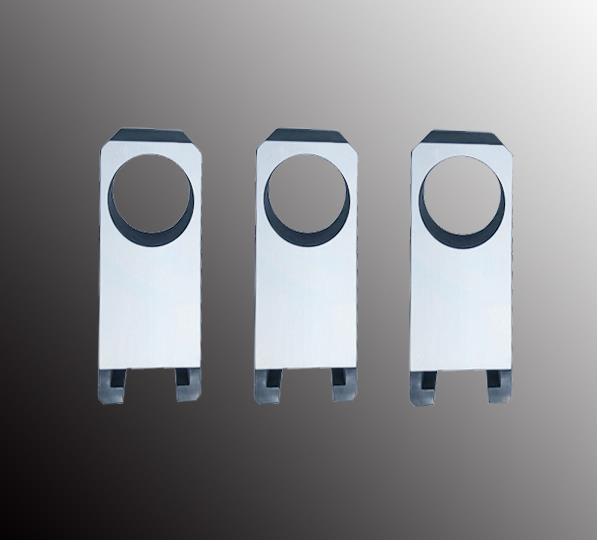

Supersonic spraying is widely used in cemented carbide production. The application of ultrasonic spraying technology can strengthen the surface strengthening treatment of cemented carbide parts, making it more suitable for harsh working conditions in machinery manufacturing, aerospace, energy transportation, petrochemical and other industries. Supersonic spraying manufacturers will mainly introduce the characteristics of supersonic spraying today.
The principle of supersonic spray is to use a high-pressure water-cooled chamber and an elongated nozzle to send fuel (oxygen and oxygen) into the reaction chamber, creating a high-pressure flame. Then, in supersonic spraying, the combustion flame is compressed and accelerated by the nozzle, and the powder can be sprayed axially or axially from one side of the nozzle. Another method of supersonic injection is to inject fuel and oxygen at high pressure and then burn it outside the nozzle. High-temperature powder spraying, high-pressure gas is injected into the flame axially from the nozzle, and then the combustion flame is compressed by the compressed gas in the nozzle outside the hood.
Fusion thermal spray processing powders are accelerated and sprayed onto the substrate. Compared with explosive spraying, supersonic spraying has the characteristics of fast spraying speed and low flame temperature, and is suitable for cemented carbide coatings. The density of the coating obtained by supersonic spraying is 99.9% of the theoretical density, the strength is greater than 70mpa, the coating impurities are few, and the residual stress is low. In some cases, design residual stresses can be obtained. Therefore, thick coatings can be sprayed efficiently, but there are disadvantages of high fuel consumption and high cost.

1. How does supersonic spraying technology ensure the spraying effect?
The application of supersonic spraying technology in the manufacture of in-process mechanical parts can significantly improve the mechanical properties and service life of mechanical parts, meet the requirements of high quality, material saving, environmental protection and energy saving, repair old parts, make good use of waste, and produce good economic benefits. Ultrasonic spraying has been widely used in wear-resistant equipment in cement plants, power plants and other enterprises. This technology has played an increasingly important role in extending the service life of production equipment, ensuring the normal operation of the equipment, and reducing the energy consumption of enterprises. However, this technique requires higher operators and is usually completed by experienced technicians to ensure the spraying effect.
The workpiece must be surface cleaned and sandblasted prior to HVOF spraying. The spraying material is generally tungsten carbide-12co, and the mass percentages of tungsten carbide and cobalt are 88% and 12% respectively, which are manufactured by sintering and crushing method. Tungsten carbide has high hardness at room temperature, especially good hot hardness, and the hardness decreases very little at 1000 °C. Supersonic spraying units use kerosene as fuel, oxygen and compressed air as combustion improvers. The control device transports kerosene and combustion-supporting agent to the spray gun with a certain pressure and flow, and is atomized and mixed into a liquid mist by a high-performance atomizing nozzle, and then injected into the combustion chamber of the spray gun. The liquid mist is ignited and burned by a spark plug, forming a high-temperature, high-pressure gas that is accelerated to supersonic speeds through a Laval spray gun.
The supersonic spray device uses kerosene as fuel, oxygen and compressed air as combustion accelerants. The control unit delivers kerosene and oxidant to the gun at a certain pressure and flow rate. After being atomized and mixed into a liquid mist by a high-performance atomizing nozzle, it is injected into the combustion chamber of the spray gun. The liquid mist is ignited and burned by a spark plug, forming a high-temperature, high-pressure gas, which is accelerated to supersonic speeds by a Laval spray gun. The powder feeding system feeds powder from the low pressure zone of the Laval spray gun nozzle into the supersonic jet. After the nozzle is heated and accelerated, it is sprayed from the spray gun and sprayed at high speed onto the surface of the workpiece to form a coating. Since the multifunctional supersonic spraying technology can use oxygen and compressed air as two combustion accelerants, and has both HVOF and HVAF functions, the speed and temperature of the flame flow can be continuously adjusted in a wide range.
Hot information

